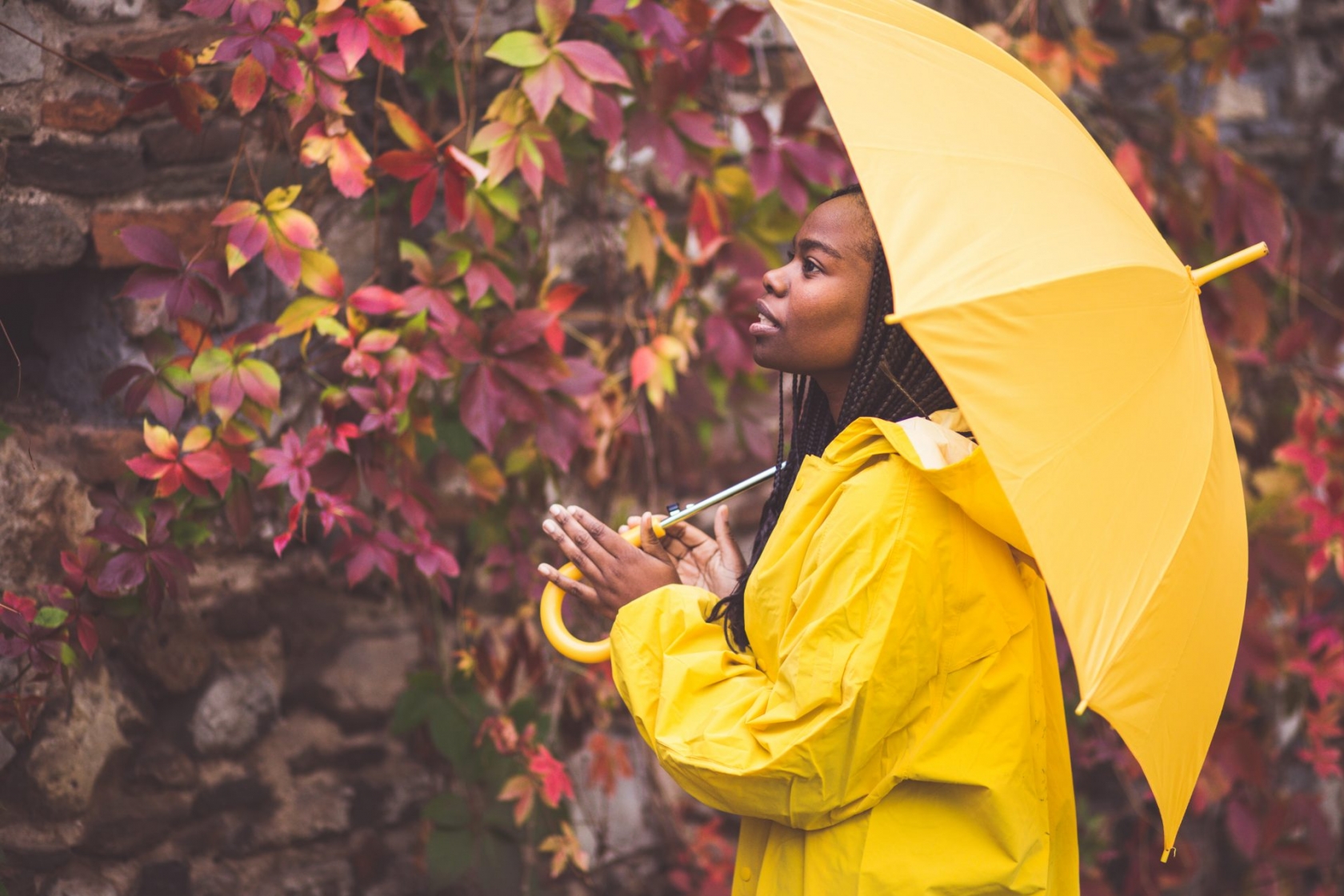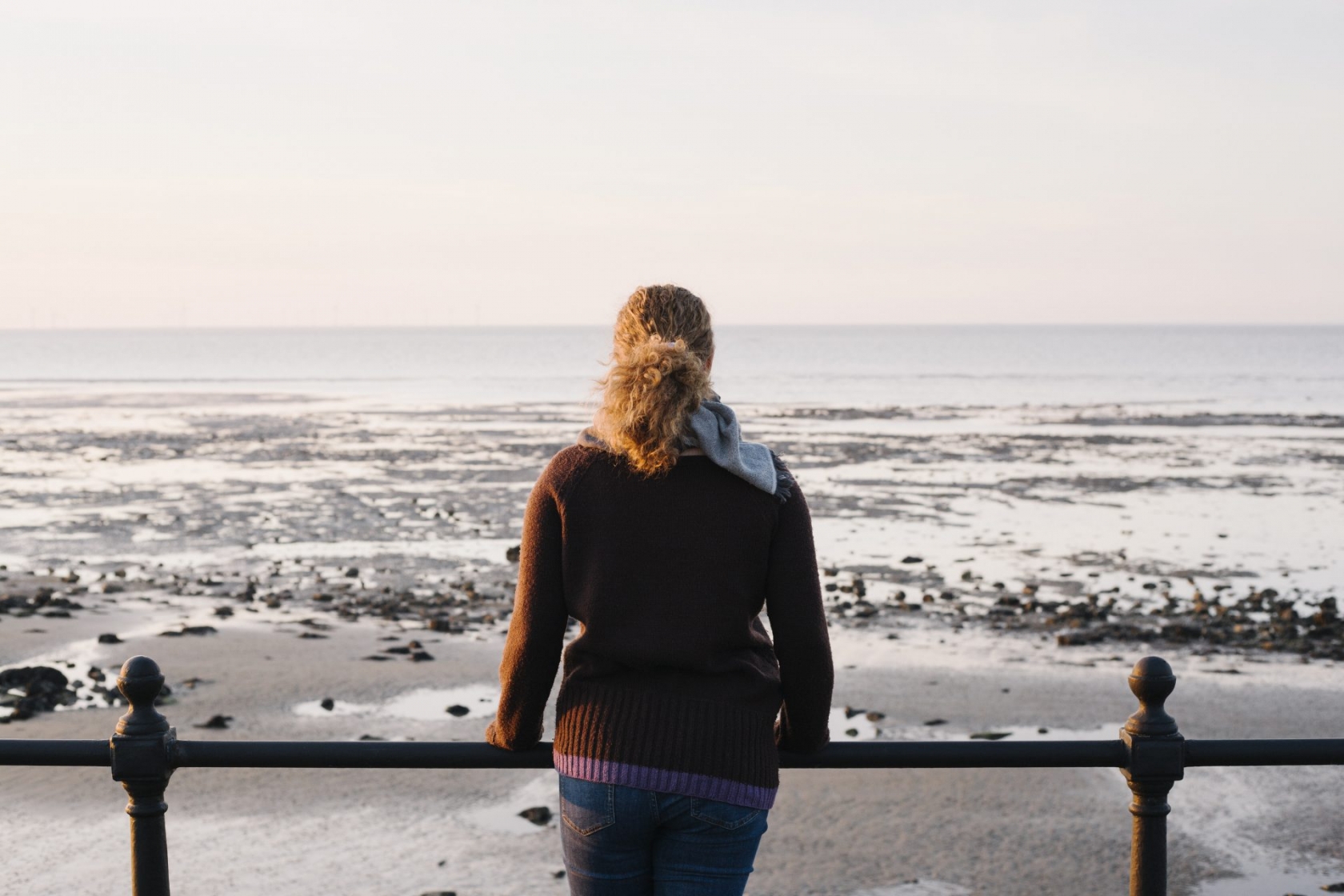Why the Nordic concept of ‘friluftsliv’ could be the key to better mental health this winter
Written by Lauren Geall
As Stylist’s digital writer, Lauren Geall writes on topics including mental health, wellbeing and women’s issues. She’s also a big fan of houseplants and likes to dabble in film and TV from time-to-time. You can find her on Twitter at @laurenjanegeall.
Is your mental health in need of a boost this autumn? Here’s how embracing the Nordic concept of ‘friluftsliv’ could help.
It’s no secret that getting outside in nature is good for your mental health.
From the serotonin-boosting effect of sunlight exposure to the impact a walk around your local park can have on your mood, getting outdoors – whether that’s to the beach, woods or your local park – can provide a whole host of benefits.
It’s why so many of us turned to nature to look after our mental health during lockdown – at a time when the pressures of the pandemic were leading to rising cases of anxiety and depression, getting outside for our daily walk and reconnecting with nature helped us to feel a little more grounded.
However, once the clocks have gone back and the weather gets miserable, getting outside can seem a lot less appealing. With the shorter days making evening walks impossible and the rain transforming outdoor plans into a rather damp affair, it can be hard to find the time and motivation to get outside.
But making outdoor time a priority – particularly by embracing the Nordic concept of ‘friluftsliv’ – could make a big difference to your mental health and wellbeing during winter.
What is friluftsliv?
The concept of friluftsliv, which translates roughly to ‘open-air living,’ is widely popular across the Nordic countries where, despite freezing temperatures and very few hours of sunlight throughout the winter months, getting outside and embracing the outdoors is part of life all year around.
It’s often recommended as a solution to seasonal affective disorder and the ‘winter blues,’ and can encourage you to stay active at a time when you’d traditionally spend more time curled up at home.
“We have a saying in Sweden: ‘There’s no such thing as bad weather, only bad clothes’,” explains Niels Eék, a Swedish psychologist and co-founder of the personal development and mental wellbeing app, Remente.
“Friluftsliv is something that is ingrained into us Swedes from a young age. This is why, even in the depths of winter, groups of friends will often be found meeting outdoors, hiking and picnicking together.”
He continues: “Living a friluftsliv way of life means being outdoors as much as possible which, of course, benefits your physical and mental health. Across Scandinavia, friluftsliv plays an essential part in most people’s lives – this is partly due to the fact that we have a lot of land, small populations and the freedom to roam virtually anywhere, and partly due to the fact that being immersed in nature is shown to boost mental, spiritual and physical wellbeing, so we actively seek it out.”
Although traditional friluftsliv is all about being outdoors as often and for as long as possible, sitting outside during your lunch break or making a walk part of your daily routine is a great place to start.

What are the benefits of friluftsliv?
There’s a reason why so many people found going for a daily walk so helpful during lockdown – getting outside regularly not only gets our bodies moving (something which is crucial when we’re living and working from home), but it also has the potential to help reduce feelings of anxiety and stress.
“It is no secret that being outside is good for us,” Eék explains. “Connecting with nature has been proven to contribute to a reduction in levels of anxiety, stress and depression, and a recent study found that spending at least 120 minutes a week in nature leads to greater wellbeing.”
Although heading out when it’s absolutely tipping with rain may not seem like the best way to cheer yourself up, embracing friluftsliv is all about putting these apprehensions behind you and making the most of the outside world.
“While it may not seem all that appealing to go outside for any prolonged amount of time when the weather is grey, cold, and wet, we Norwegians have a saying: ‘Ut på tur, aldri sur’, directly translating to ‘Out on hike, never in a bad mood’,” says Karen Dolva, Norwegian co-founder and CEO of No Isolation, a start-up that works to bring people together via technology.
She continues: “This basically means you never regret going out – for us, being outdoors and together is where some of the happiest memories are made.”
Embracing friluftsliv can also help you to feel more in touch with your local community, too, because you’ll get to know the people who live in your area. Not only that, but it’s also an excuse to get socialise without drinking, something many of us are in need of at this time of year.
For example, you could meet up with a friend or use your time outside to chat on the phone with a family member who lives far away, or even just interact with the people you pass on your way.

“When on a hike in the Nordics, it’s commonplace to greet everyone you meet with a warm and welcoming ‘hei’,” Dolva explains. “The reason for this is because we are all taking part in the same activity, enjoying nature together. We are friends, so we should say hello to each other.
She continues: “This social friendliness requires no physical contact but can really make someone’s day. I really would urge others to adopt this behaviour, smiling and saying hello from a safe distance.”
Whether or not you’re a typical ‘outdoorsy’ person, it’s clear that making time outdoors a priority and doing your best to follow a friluftsliv lifestyle could help you to take care of your mental health throughout the winter months. So, without further ado, here’s how to reap the benefits of friluftsliv this winter.
How to embrace friluftsliv this winter

Get outside, rain or shine
No matter what the weather, friluftsliv is about getting outside and exploring what the natural world has to offer.
Sure, sitting on a park bench and eating lunch may not be an achievable rainy-day activity, but you can still go for a walk with an umbrella or a raincoat. It’s all about adapting to what the weather gives you.
Make the most of lunch
While you’re working from home, making sure you’re staying active during the day is important. Move away from your desk for an hour, head outside and get moving – you won’t regret it.
Engage in outdoor exercise
If you’re sick of home workouts and don’t fancy heading to the gym at the moment, exercising outside could be the solution you’re looking for. You could even do it with a friend.
“Make it fun!” Eék says. “Plan a long walk and explore a new part of your local area, encourage each other to take up jogging, or practise yoga.”
Wrap up warm
Spending time outside won’t be fun if you’re not properly equipped, so you’ll want to invest in a few key essentials: lots of layers (including thermals, if necessary), some good jumpers, a water-resistant outer layer and some comfy boots.
A good hat, pair of gloves and a scarf might also be a good idea if you feel the cold easily or plan on heading out early in the morning when the frost is still on the ground.
Enjoy some alone time
Just because meeting others outdoors is a great way to reconnect, doesn’t mean we can’t enjoy time outside on our own, too.
Whether you go for a solo jog, engage in some mindful hiking or simply sit on a bench and read a book, being outside on your own is a great way to calm the mind.
This article was originally published in 2020 and has since been updated throughout.
Images: Getty
Source: Read Full Article
